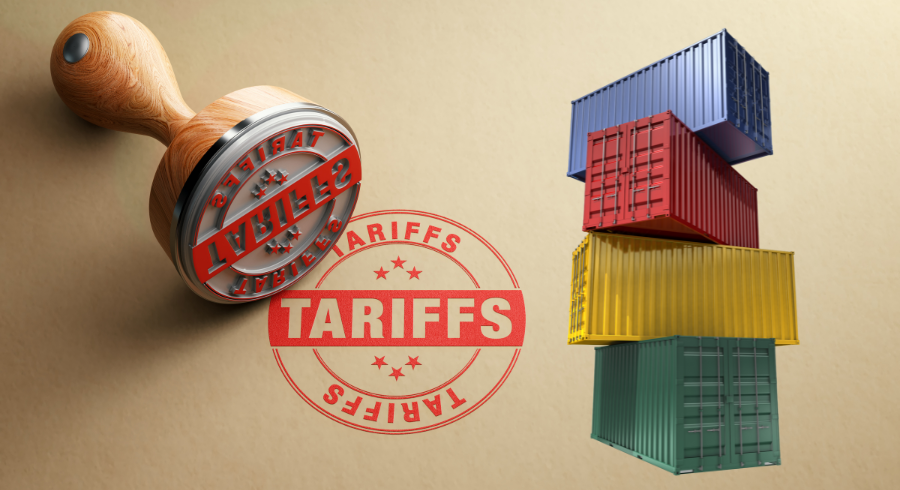U.S. Customs and Border Protection began collecting a new 10% tariff on all imports from most countries early Saturday, implementing former President Donald Trump’s sweeping unilateral trade policy shift.
The baseline tariff, which came into force at 12:01 a.m. ET, marks a historic break from the post-World War II framework of mutually agreed trade rules. Trump’s move signals a return to aggressive protectionism, with additional tariffs on 57 major trading partners — including China and the European Union — set to begin next week.
“This is the single biggest trade action of our lifetime,” said Kelly Ann Shaw, a trade lawyer at Hogan Lovells and former White House trade adviser. Speaking at a Brookings Institution event, she described the move as a “seismic shift” in U.S. trade policy, likely to evolve as countries negotiate exemptions or rate reductions.
Trump’s Wednesday announcement sent shockwaves through global financial markets. By Friday’s close, the S&P 500 had lost $5 trillion in value in just two days — a record drop — while oil and commodity prices sank and investors poured into U.S. Treasuries.
Countries affected by the initial 10% tariff include Australia, the United Kingdom, Colombia, Argentina, Egypt, and Saudi Arabia. According to a U.S. customs bulletin, there will be no blanket grace period, but shipments already in transit before the tariff deadline will be exempt if they arrive by May 27.
The second wave of tariffs, ranging from 11% to 50%, will kick in at 12:01 a.m. ET on Wednesday. Chinese goods will face an additional 34% duty, bringing their total tariff rate to 54%. The European Union will see a 20% levy, and Vietnam — once a beneficiary of U.S. supply chain shifts — will be hit with a 46% rate. Hanoi has agreed to begin talks with the Trump camp.
Canada and Mexico remain exempt from these latest measures due to an earlier 25% fentanyl-related tariff tied to non-compliance with U.S.-Mexico-Canada trade rules.
Products already subject to separate 25% national security tariffs, such as steel, aluminum, automobiles, and parts, are excluded from this round. The administration has also exempted over 1,000 product categories — worth an estimated $645 billion in 2024 imports — including crude oil, pharmaceuticals, uranium, titanium, lumber, semiconductors, and copper.
However, several of these sectors are now under investigation for possible future national security tariffs, indicating further escalation could be ahead.
